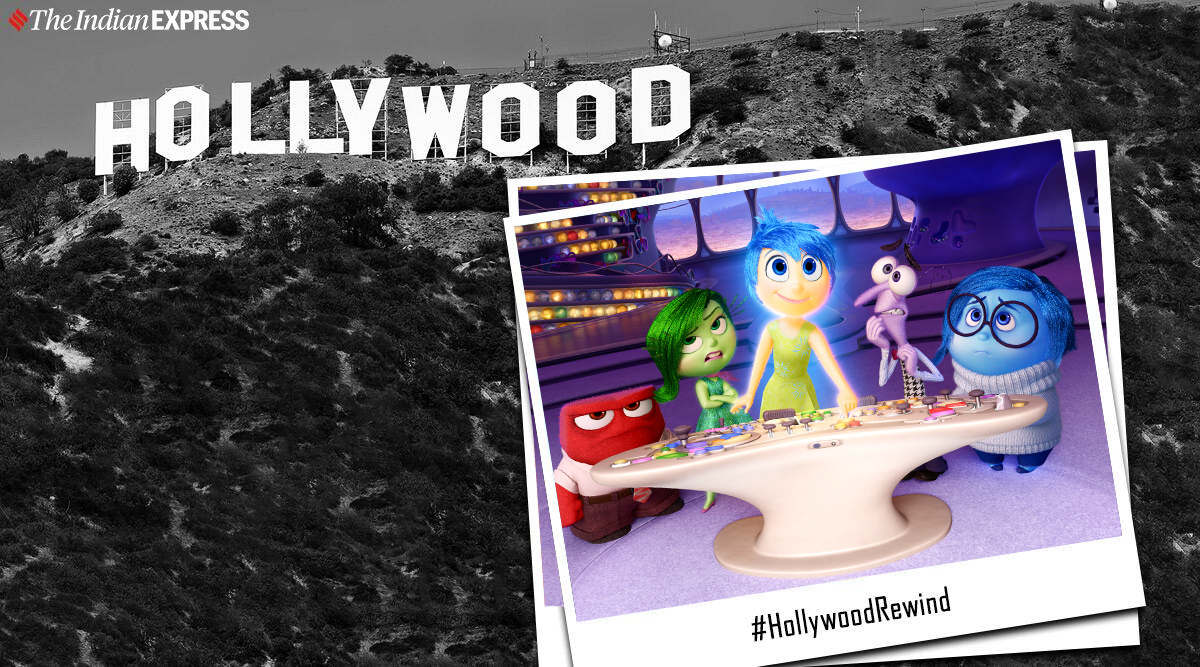 Inside Out released in 2015. (Photo: Disney)
Inside Out released in 2015. (Photo: Disney) I remember being broken up as a youngster when my parents announced that they would be moving houses because my father had been transferred. Change is hard, and it’s harder when you are a kid and do not understand why your folks, despite knowing your reluctance to go to a new place, are willing to uproot everything you deem familiar and comforting. New school, new friends and faces rob you of a daily safety. But some steps have to be taken, and a similar thing happened to Inside Out’s (2015) primary protagonist Riley. The 11-year-old and her parents have freshly moved from Minnesota to San Francisco, and the 11-year-old Riley is upset. ‘What of her? Do not her parents care at all?’
As she tries to grapple with this change, Riley finds out that all her belongings will arrive only a week later in the new house. So now, she doesn’t even have material comforts to cling to while tackling this new phase of her life. A blend of anger, sadness and fear quickly creep in. An angry Riley lashes out at her parents at the dinner table, and we see that the gears of our heroine are not in her hands at this moment. She is being held hostage by a variety of emotions. What filmmaker and co-writer Pete Docter does very cleverly is personify these emotions. Joy is obviously a blue-haired happy-go-lucky girl wearing a neon dress (voiced wonderfully by Amy Poehler). Phyllis Smith voices Sadness (a blue-faced, blue-haired girl with thick-set glasses), while Bill Hader is the purple-coloured walking and talking Fear. He seems petrified of everything, and anything can push his buttons. Similarly, Mindy Kaling and Lewis Black gave voices to the personified emotions of Anger and Disgust.
As soon as these characters are introduced, you know that the story’s heroine has changed. It is no longer the 11-year-old Riley that is the face of this movie, but these personifications are the ones the makers have chosen to thrown the spotlight on. This device itself lends a new-found freshness to the familiar premise of coming-of-age narratives. According to reports, at least five years were spent on researching the subject matters, with the makers holding long discussions with eminent neuroscientists and psychologists to better portray the nuances of these human feelings. Why are we so driven by them? And is it possible to channel some of the seemingly ugly emotions in a constructive manner? For those of us who have seen Inside Out, we know there is. We always have a choice, but here, since this was from a child’s perspective, we also know that they don’t always know how to channelise these feelings, since their knowledge of the world is limited. But it is also this naivety that lets them go open-heartedly into brave, uncharted territories of the human mind and its capabilities. And this, Docter shows with great delicacy in the film.
What I love about the movie is that without getting preachy about it (and that is a very easy trap to fall into), the director and the writers showed us that you do not have to root out sadness to be happy. That all the emotions are very valid and need proper attention, that they can co-exist in harmony. It’s an invaluable lesson for a person in any age bracket. While speaking about the film after its release on NPR, Pete Docter had made a simple yet interesting observation about the importance of sadness in one’s life, “One of the other experts we consulted with, this guy named Dacher Keltner, he was big on sadness as community bonding – I think is the word he used. It’s, like, you know, if you’re sad, it’s a way of connecting with other people. And we – a lot of times we sort of feel embarrassed by being sad, and we go off by ourselves to hide and cry by ourselves. But, really, it’s a way of re-establishing relationship.”
Of course the beautifully done animations brought that whole world alive, which must have been a task in itself. Let’s just put it this way: the scriptwriting and the animation were two parts of one coin. The two pivotal aspects of animation filmmaking worked superbly well together, therefore creating a very believable albeit fantastical world for the audience.
Inside Out was nominated for two Oscars, and crashed the ticket counter upon its release. Safe to say, you can include this one in the slowly building catalogue of modern animation classics.
You can watch Inside Out on Disney Plus Hotstar.
- The Indian Express website has been rated GREEN for its credibility and trustworthiness by Newsguard, a global service that rates news sources for their journalistic standards.

